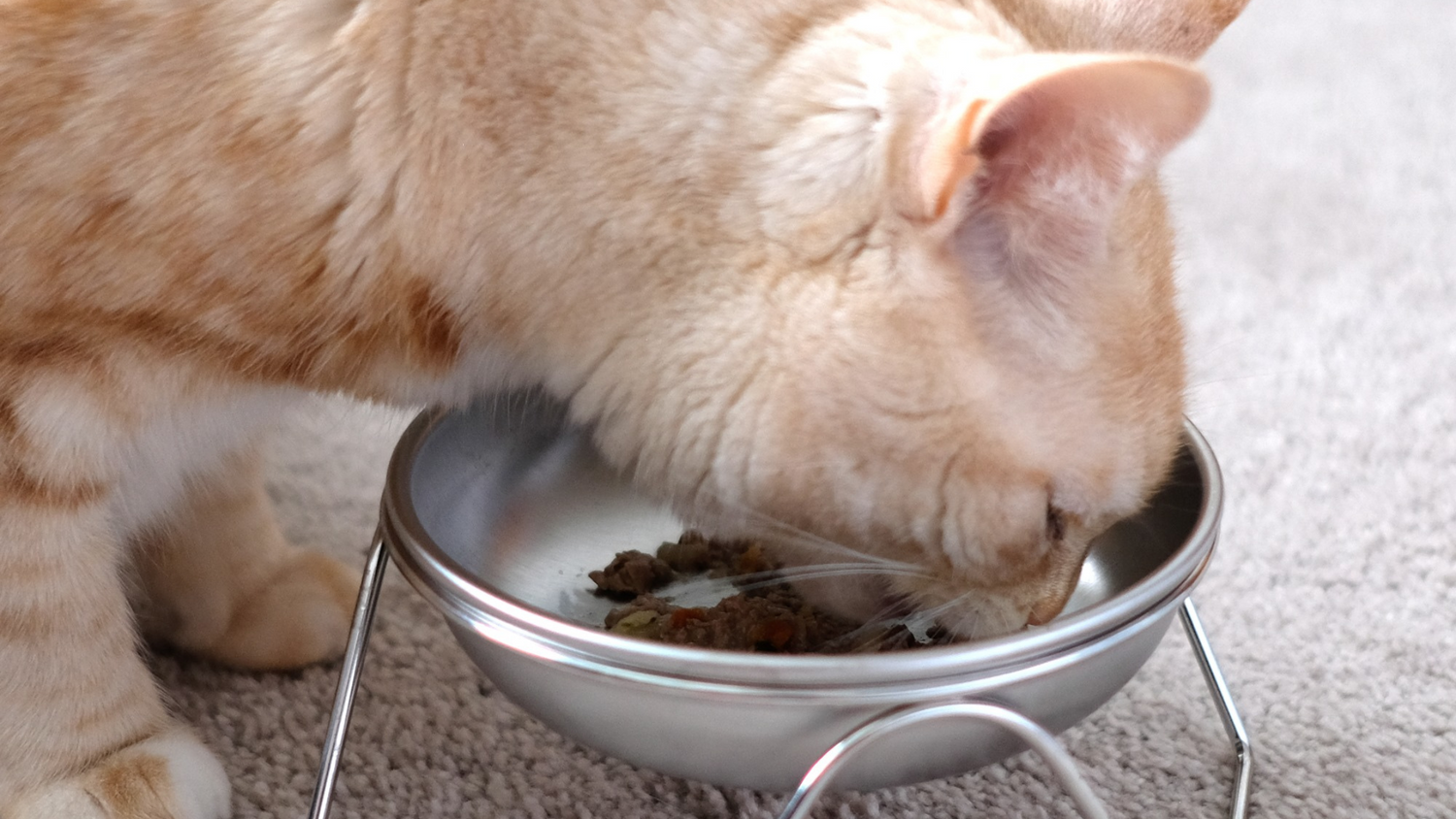As a cat owner, you want to create a safe and healthy environment for your feline friends. However, certain plants, including shamrocks, can pose potential risks to your pets. Shamrocks are a popular houseplant, especially around St. Patrick’s Day, but are these green plants poisonous to your furry companions? Let’s dive into the details to find out.
Table of Contents
Understanding Shamrocks
Shamrocks, also known as Oxalis, are a type of flowering plant that is often characterized by its bright green leaves and delicate white or pink flowers. The plant is commonly used as a decorative houseplant due to its attractive appearance and easy maintenance. However, many pet owners are unaware of the potential dangers that shamrocks can present to their cats.
Potential Dangers to Cats
While shamrocks are not considered highly toxic to cats, they do contain oxalic acid, which can be harmful if ingested in large quantities. Symptoms of shamrock poisoning in cats may include vomiting, diarrhea, drooling, and in severe cases, kidney damage. It’s important to note that the level of toxicity can vary depending on the specific species of the shamrock plant and the amount consumed by the cat.
Precautionary Measures
To ensure the safety of your feline friends, it’s essential to take precautionary measures when it comes to keeping shamrocks in your home. If you choose to have shamrocks as a houseplant, make sure to place them in an area that is inaccessible to your cats. Consider hanging the plant from the ceiling or placing it on a high shelf to prevent your pets from coming into contact with it.
Additionally, be mindful of any fallen leaves or petals from the shamrock plant, as these can still pose a risk to your cats if ingested. Regularly check the plant for any signs of damage or wilting, as this may indicate that your cat has been nibbling on the plant.
Safe Alternatives
If you’re concerned about the potential risks of having shamrocks in your home, there are plenty of pet-safe alternatives to choose from. Consider opting for non-toxic plants such as spider plants, African violets, or Boston ferns to add a touch of greenery to your living space without putting your cats at risk. These plants not only add beauty to your home but also provide a safe environment for your pets.
Conclusion
While shamrocks may add a festive touch to your home, it’s important to be aware of the potential dangers that these plants can pose to your cats. By taking precautionary measures and opting for pet-safe alternatives, you can create a safe and healthy environment for your feline friends. Always consult with your veterinarian if you suspect that your cat has ingested any potentially toxic plants, including shamrocks.
FAQs
Q: Are all species of shamrocks toxic to cats?
A: While all shamrock species contain oxalic acid, the level of toxicity can vary. It’s best to err on the side of caution and assume that all species of shamrocks pose a potential risk to your cats.
Q: What should I do if my cat has ingested shamrocks?
A: If you suspect that your cat has ingested shamrocks, observe them for any symptoms of poisoning such as vomiting or diarrhea. Contact your veterinarian immediately for guidance and medical assistance.
Q: Can I still have shamrocks in my home if I have cats?
A: While it is possible to have shamrocks in your home if you have cats, it’s important to take precautionary measures to ensure the safety of your pets. Consider placing the plant in a location that is inaccessible to your cats or opt for pet-safe alternatives.
are shamrocks poisonous to cats
Shamrock Alert: Are These Green Plants Poisonous to Your Feline Friends? This is a question that many cat owners may have when they see a shamrock plant in their home. While shamrocks are often associated with St. Patrick’s Day and luck, they can be harmful to your feline friends if ingested.
Shamrock plants, also known as Oxalis, are often found in homes as houseplants and are known for their distinctive three-leafed clover shape. However, these plants contain oxalic acid, which can be harmful to cats if ingested in large quantities. Symptoms of poisoning in cats can include vomiting, diarrhea, and drooling.
It’s important for cat owners to be aware of the potential dangers of having shamrock plants in their home, especially if their feline friends are prone to exploring and nibbling on plants. Ingesting even small amounts of the plant can cause adverse reactions in cats, so it’s best to keep shamrock plants out of reach of pets.
If you suspect that your cat has ingested a shamrock plant, it’s important to seek veterinary care immediately. Your veterinarian will be able to assess the situation and provide the necessary treatment to help your cat recover from the effects of the poisoning.
In order to prevent accidental poisoning, it’s best to avoid having shamrock plants in your home if you have cats. There are plenty of other pet-safe houseplants to choose from that can still add a touch of green to your home without posing a risk to your feline friends.
If you do decide to keep a shamrock plant in your home, be sure to place it in a location that is inaccessible to your cat. This can help to minimize the risk of poisoning and keep your feline friend safe from harm.
In conclusion, while shamrock plants may be a symbol of luck, they can pose a risk to your feline friends if ingested. It’s important for cat owners to be aware of the potential dangers and take steps to prevent accidental poisoning. By being proactive and informed, you can help keep your cat safe and healthy in your home. are shamrocks poisonous to cats








